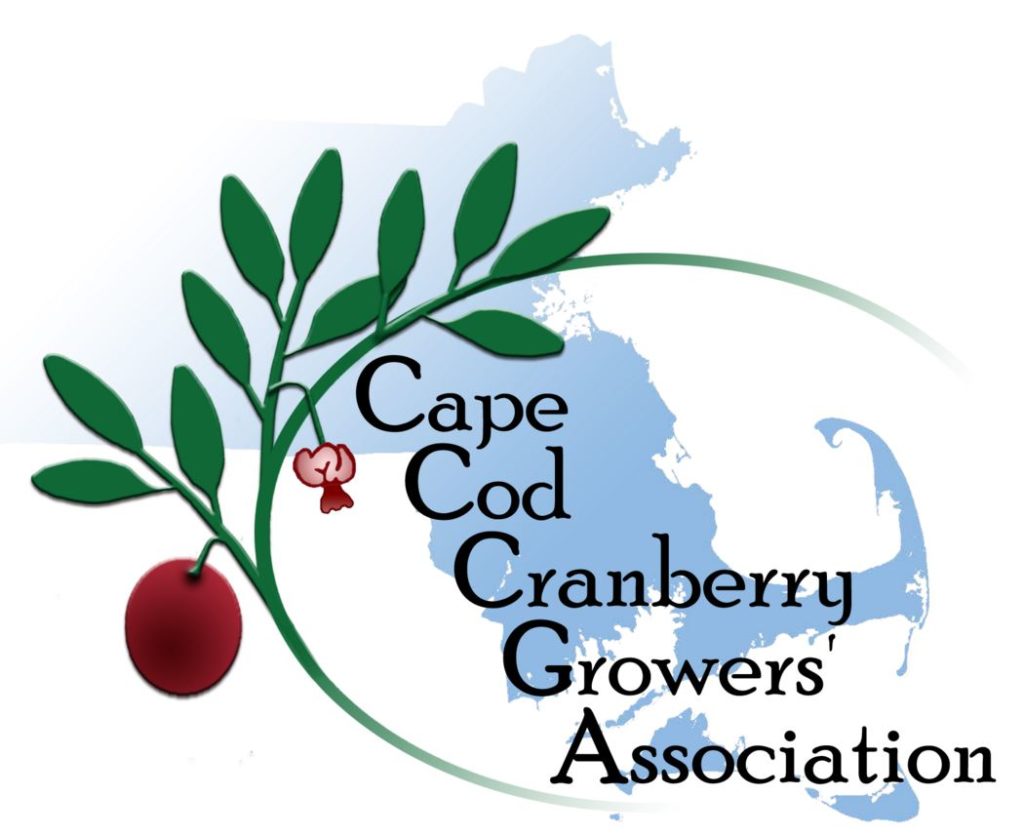
Photo by Dave Kindy for Wicked Local
SOUTH COAST TODAY – It’s cool and damp on the cranberry bog after a night of rain. On the water, workers atop a “beater” plow slowly through flooded fields, churning up red, ripe cranberries as they go. The fruit floats to the surface, adding color to an otherwise gloomy morning.
While the forecast is for a good harvest in Massachusetts this season, the mood of cranberry growers more matches the weather on this gray day.
A cranberry industry that was riding high only a few years ago is now being buffeted by an oversupply of fruit and the closure of some international markets amid a trade war. Many growers are losing money.
“Our payments are 30 to 40 percent less than our growing cost,” says Peter Beaton, an Ocean Spray grower and owner of several bogs in Plymouth and Wareham. “It costs me about $35 per hundred-pound barrel to grow cranberries, while I’m only making around $22 per barrel. The margins are very tight.”
That was not the case just a few years ago. Growers averaged $57.60 per 100-pound barrel for fresh cranberries and $29.10 per barrel for processed as early as 2017. Then last year consumption fell by more than 11 percent as consumers reacted to new product labels and other market forces.
“We tend to overestimate demand and underestimate supply,” says Jeff Kapell, president of Kapell Cranberries Inc. of Plymouth. “Our biggest difficulty right now is increasing demand. Our domestic market is maturing, so we are limited there. The biggest opportunity is overseas. However, there are obstacles and roadblocks there that make it hard to succeed.”

Photo by David Kindy
Those roadblocks include the retaliatory tariffs placed on the cranberry industry by China and the European Union in response to tariffs imposed by President Donald Trump. While the EU has removed some of its tariffs, China remains steadfast in its penalties on cranberries. Some estimates place the loss of sales to China at $50 million annually for the industry.
“The tariffs are not good,” Beaton says. “They are eroding our small margins. I’d like to see them take a vacation for a while.”
Brian Wick, executive director, of the Cape Cod Cranberry Growers Association, isn’t sure how much of a short-term impact the loss of China has on local growers. However, he is very concerned about the long-term damage of being shut out of that market.
“While we are upset about lost sales, what’s not captured in the data is the effort it will take to get that business back,” he says. “A lot of work and resources go to introducing cranberries in to a new market, especially one not familiar with the fruit. The longer this goes on, the more it will cost to regain what we had in China before this started.”
Growers say their industry is also being weighed down by oversupply. Cranberry harvests have been growing steadily for the past 15 years, but consumption took a huge step backward in 2018.
Annual production in the United States has grown from 6.175 million barrels in 2004 to 8.93 million barrels last year. According to the U.S. Department of Agriculture, total U.S. cranberry production in 2019 is projected to top 9 million barrels.
For a time, growers were riding a wave as consumers purchased all kinds of cranberry products, including juice drinks and sweetened dried cranberries. Per-capita consumption of processed fruit rose from 1.8 pounds in 2009 to 2.15 pounds in 2017. Then the bottom fell out. Last year, per-capita consumption of processed cranberries dropped to 1.97 pounds, a decline of 8 percent in one year.
A combination of factors came into play. First, Americans are growing less likely to consume sweetened beverages, including cranberry juice drinks. Indeed, U.S. juice consumption has fallen precipitously in the past two decades. Once dominating a whole section of the supermarket, juices and juice drinks are now relegated to just a few shelves in stores as Americans opt for more fresh fruit in their diets.
Because of their natural tartness, cranberries require a good deal of sugar or other sweeteners to be palatable. For years, consumers overlooked that fact because of the health benefits of the cranberry: It is high in antioxidants and can help prevent urinary tract infections.
But last year, new product labels ordered by the Food and Drug Administration went into effect. One line on the ingredient list – “added sugars” – seems to have turned the tide. Consumers noticed just how much sugar was added to cranberry beverages and began to pull back on purchases of some products.
The FDA has since retreated somewhat on the new labels because of a unique feature of the cranberry: It contains little natural sugar. The federal agency ruled this summer that certain cranberry products can now include a statement “indicating that sugar has been added because cranberries are naturally tart.” It can also indicate that “there is room for limited amounts of added sugars in the diet, including from nutrient-dense foods like naturally tart fruit,” as stipulated in the 2015-2020 Dietary Guidelines for Americans.

“The days of seeing incremental growth in juice sales year over year are not what they once were,” Wick says. “There are still strong growth opportunities in the juice category. Among other things, there will be product innovation, keeping up with consumer trends and celebrating the benefits of what consuming cranberry juice can do for one’s health.”
Though it is a dark day on his Plymouth bog, Peter Beaton is looking on the bright side. The owner of Beaton Cranberry Company and Cranberry Growers Service Inc. of Wareham has been here before and weathered the storm. A fifth-generation grower, Beaton believes the cranberry industry will turn it around once again and emerge back on top.
“It will take a lot of innovation, but we can do it,” he says. “We’re in a transition phase right now. It’s a cyclical business and we’ve been through it before. It always improves again. I’m looking forward to a better tomorrow.”
Beaton beams as he looks at his bog brimming with bright red berries and adds: “I just love it out here.”
By Dave Kindy for The Patriot Ledger






